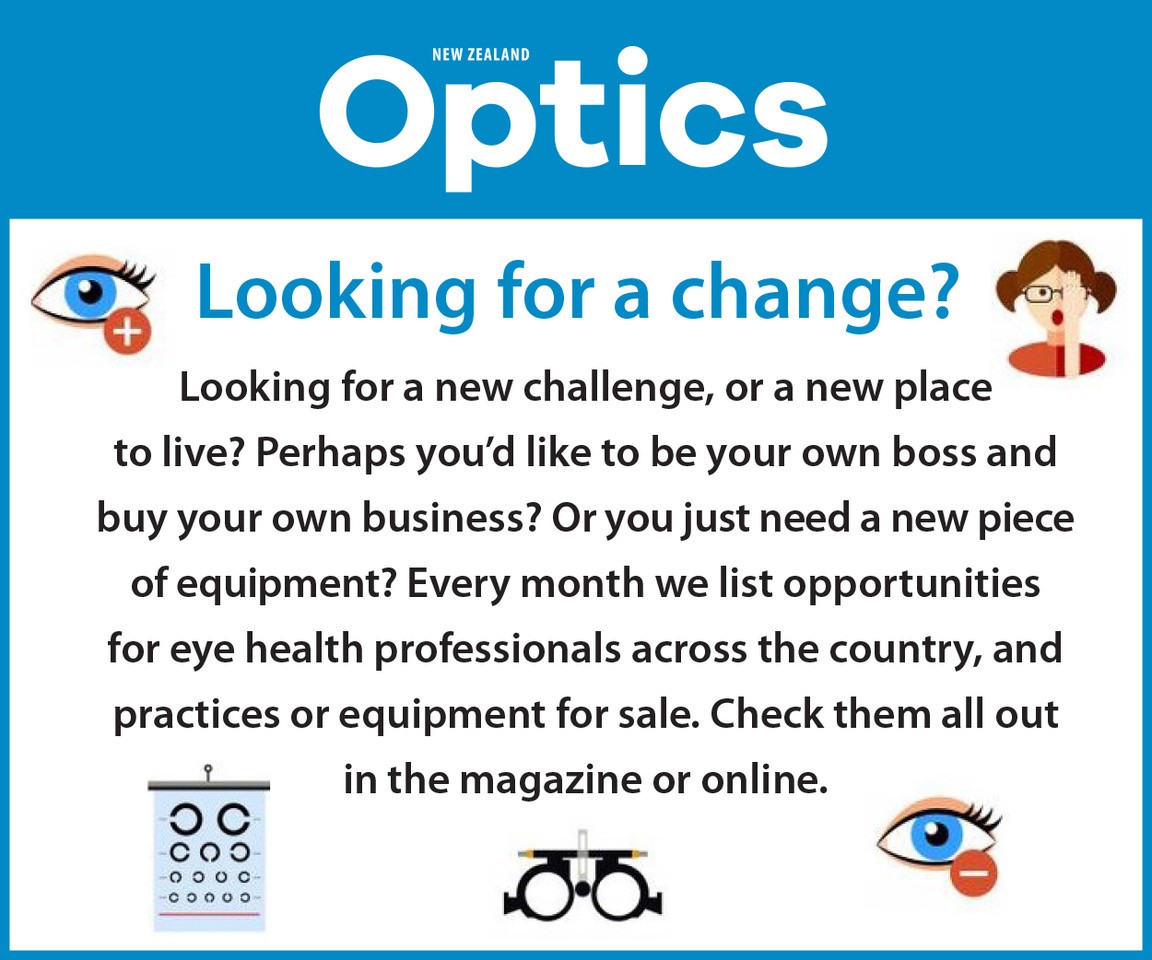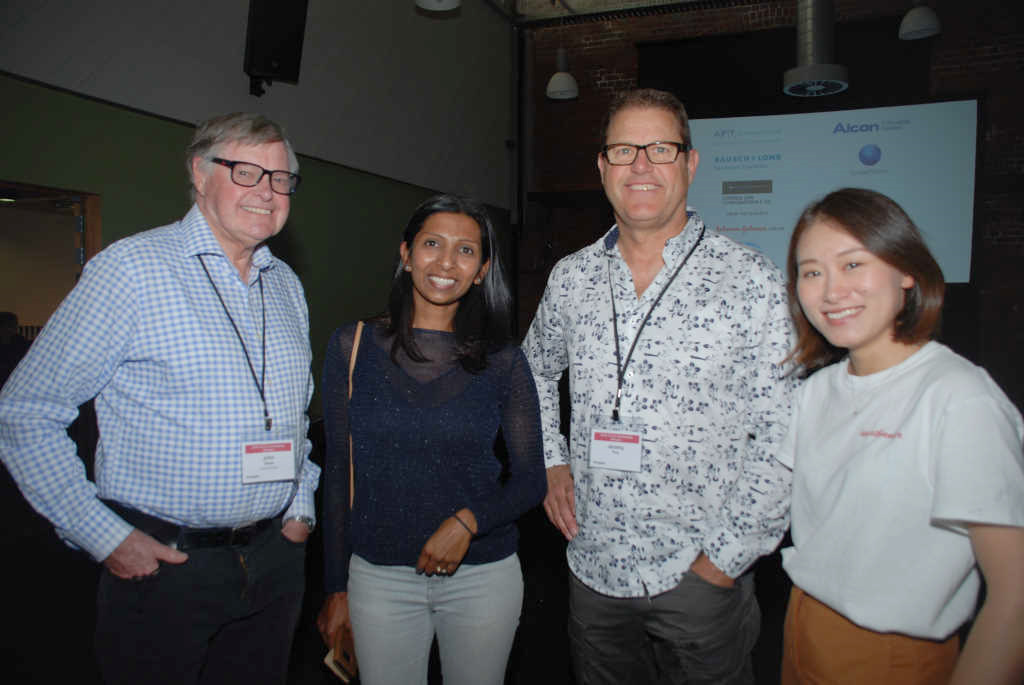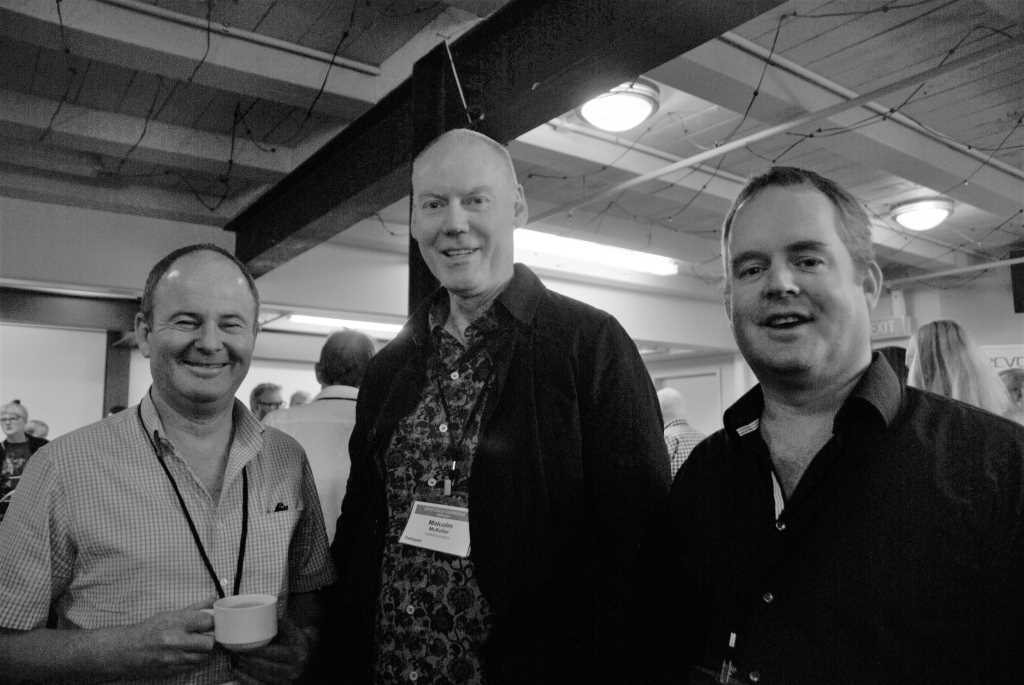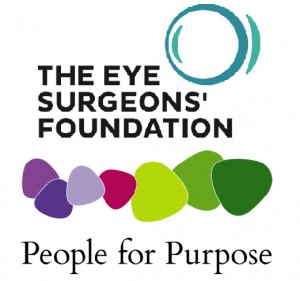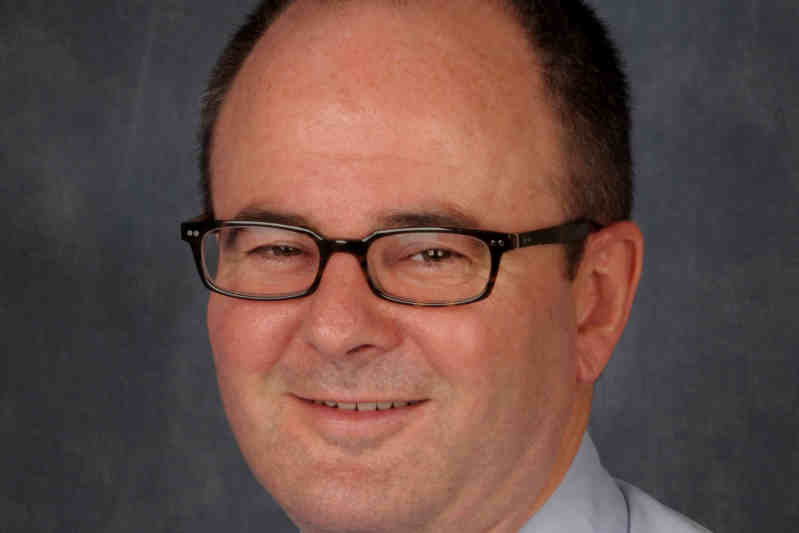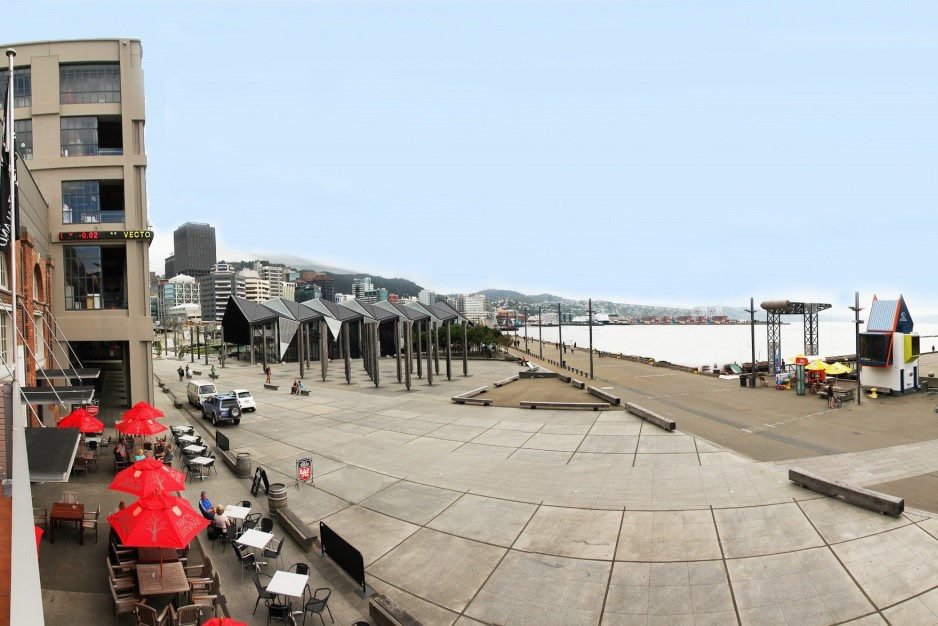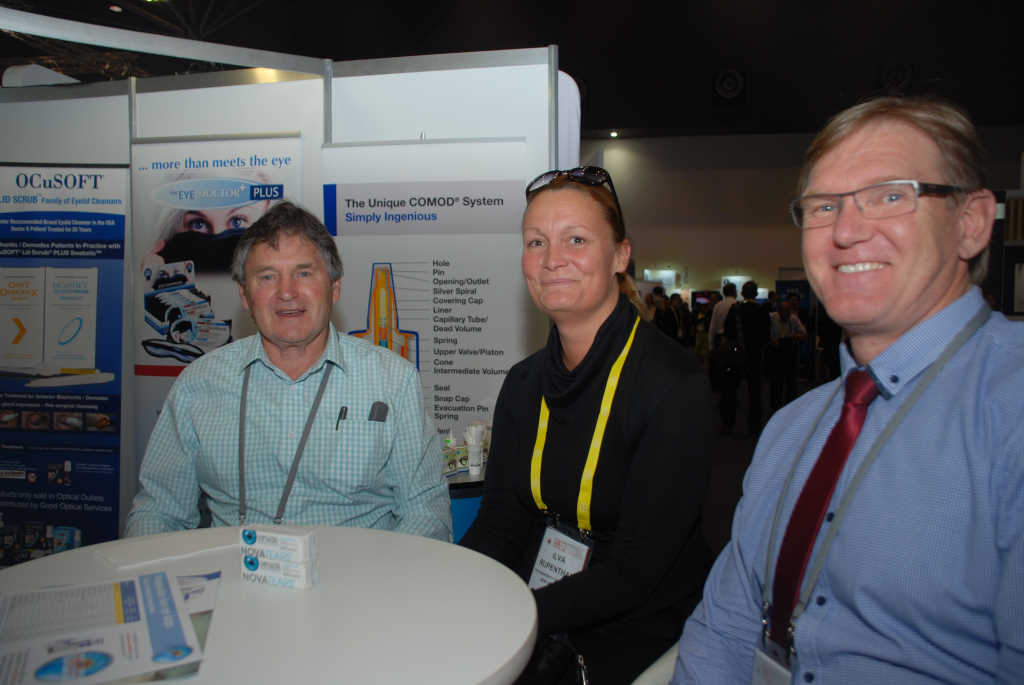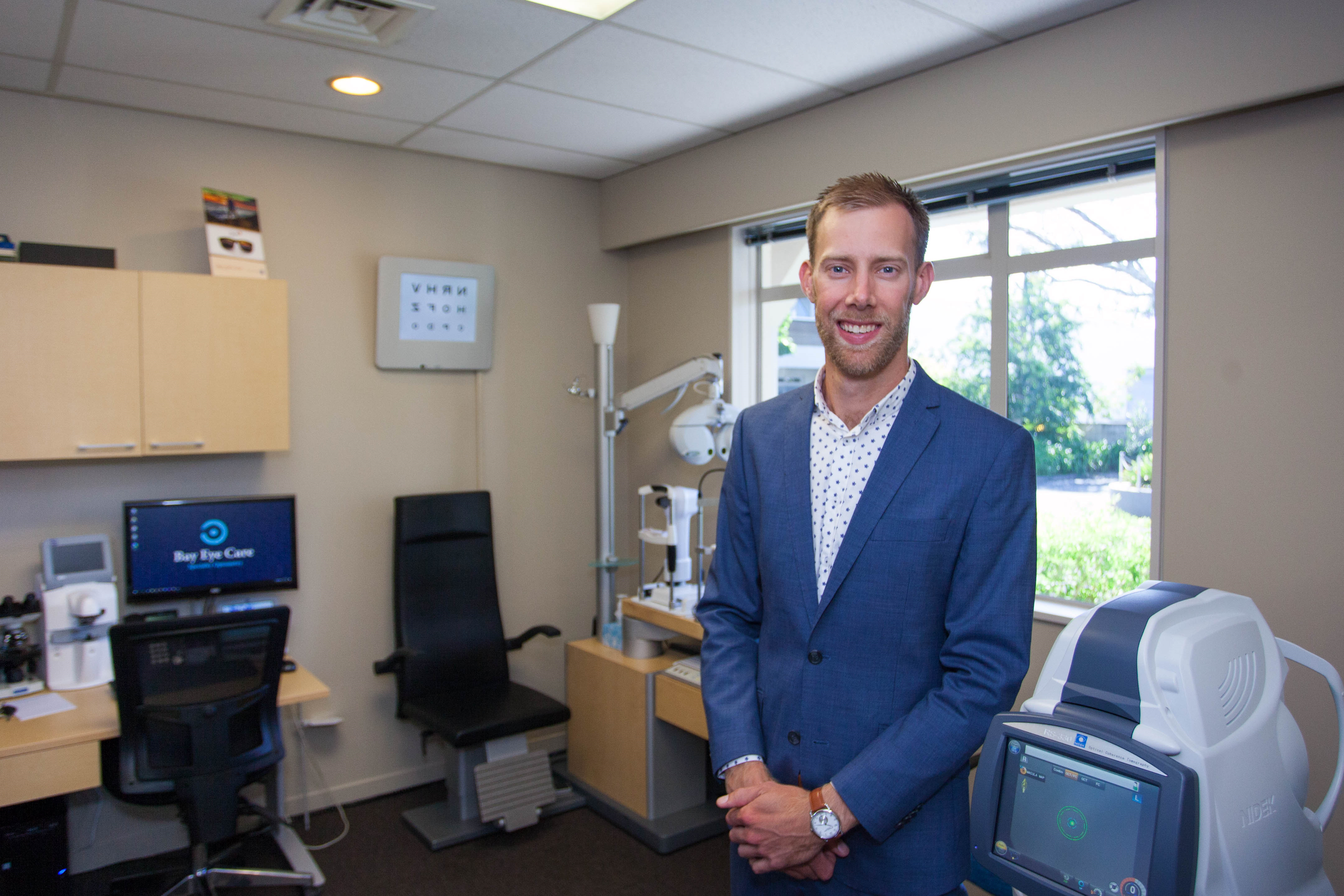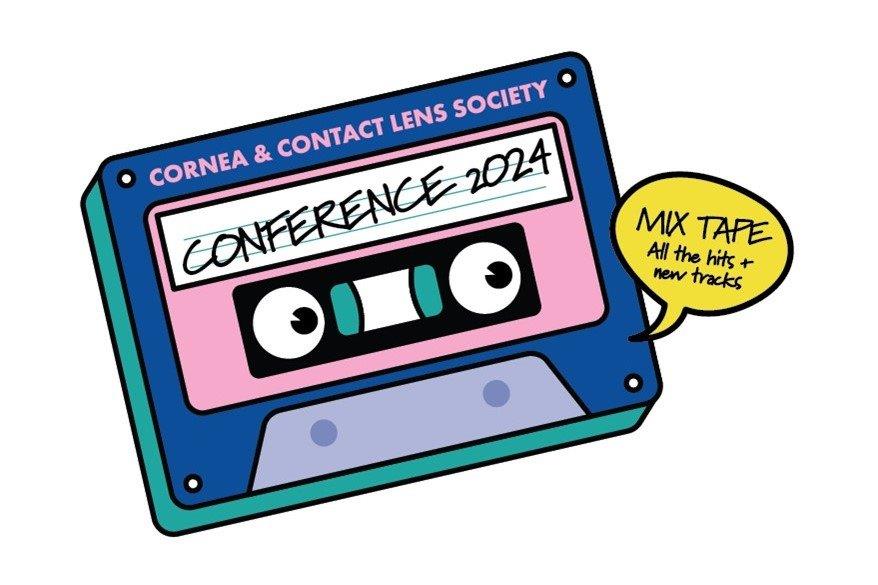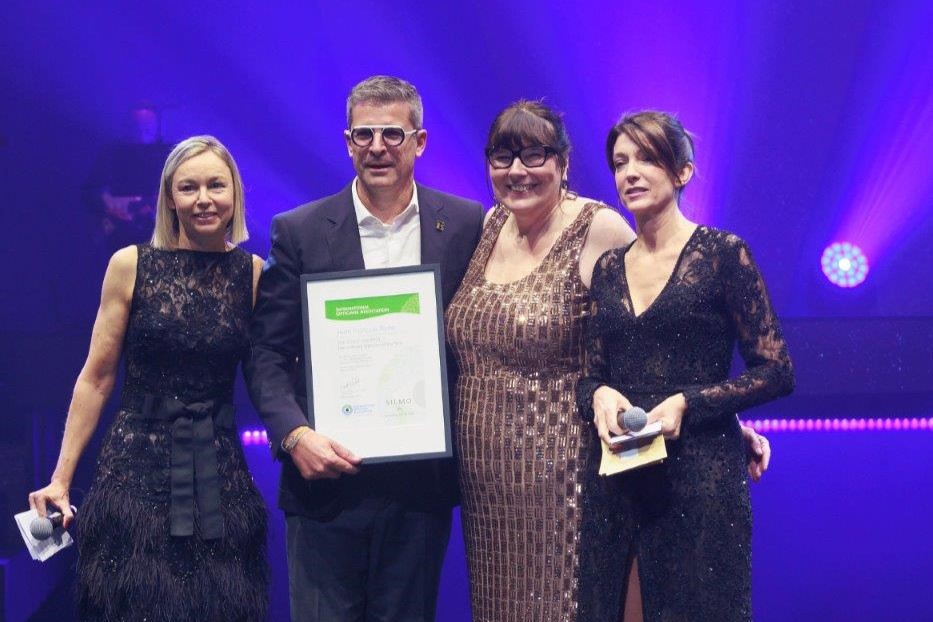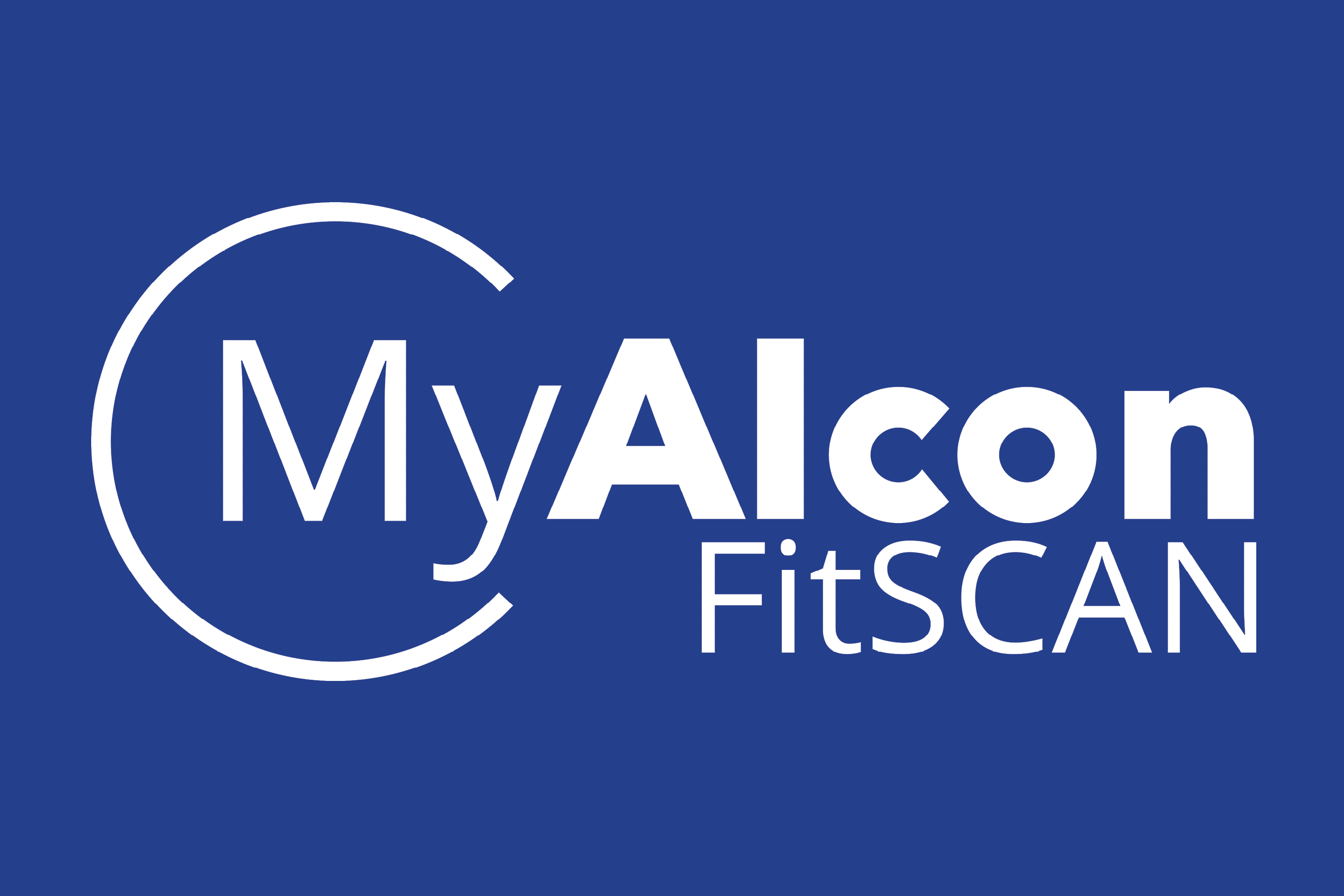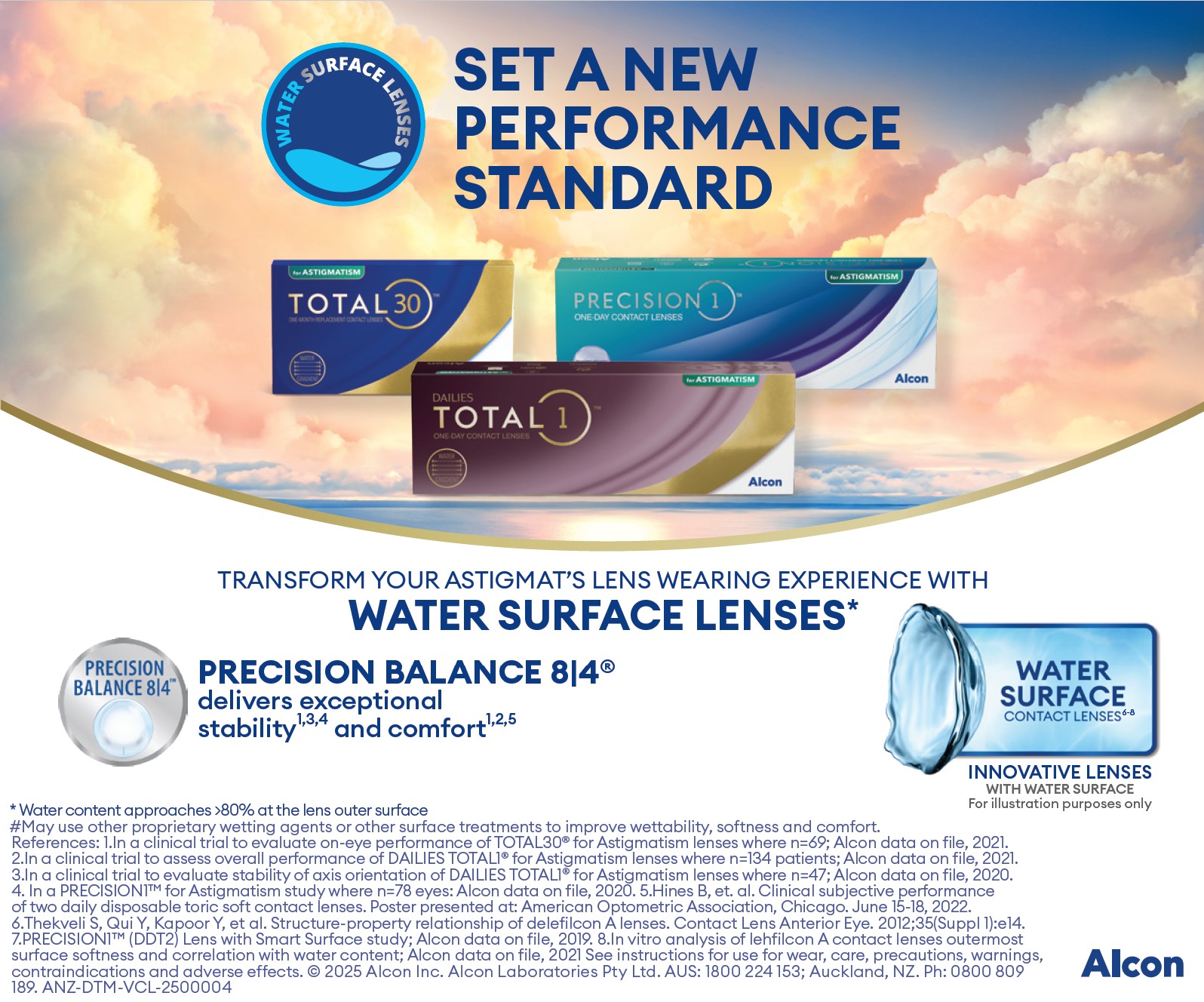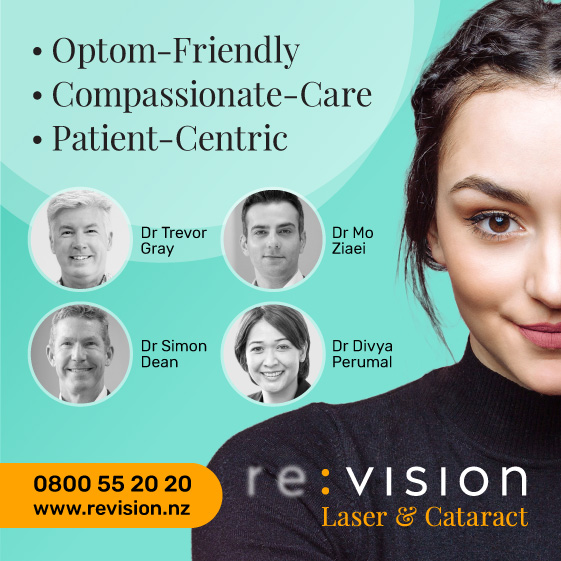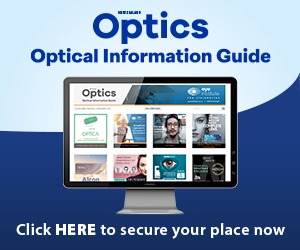CCLS NZ: From the exhibitor’s hall
As one of the main events in the New Zealand ophthalmic calendar for both optometrists and anterior segment ophthalmologists, the Cornea and Contact Lens Society (CCLS) of New Zealand’s annual conference is well supported by sponsors. This year’s one-day conference was no exception with some of the industry’s best-known companies on-hand to demonstrate and discuss their latest technical advances with delegates.
The following is a brief snapshot of what was new and was attracting attention at the 2018 CCLS NZ conference in Wellington.
AFT Pharmaceuticals - NovaTears
Kiwi-based pharmaceuticals company AFT’s latest eye product, NovaTears, manufactured by Novaliq, was attracting a lot of attention in the exhibitor’s hall following a talk about it by Auckland University’s Buchanan Ocular Therapeutics Unit director Dr Ilva Rupenthal.
There are more than 100 artificial tears products on the market today, but most are aqueous-based and so have little effect on the lipid layer, she told the audience, disclosing how her unit was involved in some of the research on NovaTears. “But NovaTears is a disruptive technology, completely different to anything on the market today... It lubricates the eye and stabilizes the lipid layer.”
NovaTears incorporates Novaliq’s proprietary EyeSol technology, an innovative multi-dose, non-aqueous and preservative-free topical eye drop, which forms a thin and smooth protecting film to support the lipid layer and prevent tear evaporation, thus relieving dry eye and irritated eye symptoms. The special formulation allows the drop to spread over the surface of the eye quickly, with less “spill-over” and no vision blurring, explained Dr Rupenthal.
This technology is now being applied across Novaliq’s clinical pipeline, which includes variations on NovaTears, combining it with other well-known eye health benefactors, such as Omega 3. The EyeSol technology is also being tested with some of Novaliq’s other eye health drug products, all of which could potential be exciting treatment options for the other ophthalmic indications, she said.
OptiMed
Taking pride of place on the OptiMed stand was the Optopol REVO OCT and the REVO NX model, providing scanning speeds faster than any other OCT in the world, said Craig Norman from OptiMed NZ. “You get far more reference points and higher resolution in a much shorter period of time. It’s so fast, the patient barely has a chance to move their fixation, so you minimise any artefact errors, just better quality results.”
The new REVO also has the optional extra of OCT-angiography (OCT-A) to visualise the microvasculature of the retina. With the latest upgrade, it can now combine these images into a detailed, 12x12mm widefield mosaic to allow eye health practitioners to view a far larger area of the eye than was previously possible, said Norman. “So, this can take OCT-A images of the retina, the macula plus the disc and knit them together to give you the big picture; all in one view, rather than having to look at several smaller images.” Plus, the new REVO has the option of OCT biometry, allowing practitioners to combine their OCT data with axial length measurements, which can be important for looking at myopia progression in children, for example, he explained.
Corneal Lens Corporation (CLC)
Echoing one of the main themes of the conference, CLC has introduced a new range of preservative-free solutions for mild to moderate and severe dry eye. The new Lumecare Camellose 0.5% and 1% concentrations are both available in single dose applications and are a good alternative to Thera Tears until the latter comes back into the market later this year, said CLC director Graeme Curtis. “Each has its own uniqueness, both with low osmolarity.”
Lumecare also offers a broad spectrum, multi-dose, preservative-free range called Evolve, for all severities of dry eye, favoured by the UK’s National Health Service. These products have a unique delivery system; a generation two, blue-tip technology, which uses a one-way valve to deliver a measured dose, while preventing any contamination, said Curtis. “It’s very patient friendly so you don’t have to plunge solution into the eye. These bottles deliver a measured drop, with one touch, so no wastage and no concerns about putting the plunger in your eye. Arthritic patients love them because they are so much more user-friendly.”
This next generation delivery system is also being employed for other drop products, some of which CLC hopes to introduce to the market soon, he added.
Ophthalmic Instrument Company (OIC)
OCT technology was a key talking point for OIC at this year’s conference. Its Spectralis system, combining scanning laser fundus with high-resolution OCT, made by Heidelberg Engineering, featured prominently in the CCLS NZ’s OCT Workshop day, run by Dr Chris Murphy, while Nidek’s Retina Scan Duo, providing high-definition, 3D auto-tracking and auto-shot functions in a compact machine was attracting attention on OIC’s main stand.
“Picking the right OCT depends on the practice, whether they are starting out or have had OCT before, or if they have specialised in some way,” explained OIC’s Tim Way. “The Duo, for example, is a great screening tool for general optometry practices. It offers a lot of flexibility for different pathologies yet is still very simple to use.”
Given the dry eye theme of this year’s conference another product attracting attention was OIC’s Eye Doctor Hot/Cold Eye Compresses which are reusable, have a removeable, washable cover and can be heated in the microwave or oven, or cooled in the freezer. The Eye Doctor Compress is used to alleviate the symptoms and discomfort of Meibomian gland dysfunction, eyelid cysts and dry eye disease.
CooperVision
CooperVision’s Joe Tanner and Cherie Norton were focusing on the company’s MyDay and MyDay Toric daily disposable lenses and Biofinity Energys, the latest lens in the Biofinity range designed specifically to help manage and alleviate digital eye fatigue.
According to the company, the technologically-advanced silicone channels in the MyDay material transport oxygen so efficiently that less raw silicon is required, sustaining wettability and optimal water content. Whereas Energys has been digitally engineered with multiple front-surface aspheric curves to distribute power evenly to simulate more positive power centrally. Energys’ ‘Digital Zone Optics’, when combined with Biofinity’s Aquaform Technology (which improves the lenses’ moisture, breathability and deposit resistance) help combat dryness and tiredness, two key symptoms associated with digital eye fatigue.
Also attracting attention was CooperVision’s Optomism, which is currently being presented to practices across the country. This packages CooperVision’s products and services together to support practice growth and explains CooperVision’s international commitment to more sustainable practices and charitable support.
Designs for Vision
Dry eye was the main theme of the Designs for Vision (DFV) stand at this year’s CCLS conference, with the company’s complete suite of dry eye products on display.
It’s Oculos Keratography 5M is well-known to dry eye researchers, having been the preferred tool for dry eye analysis for a number of years. It easily and efficiently integrates complex examinations such as meibography into ophthalmological and optometric practices, revealing morphological changes in the glandular tissue and evaluating the tear film. This is complemented by other products such as the Blephasteam, which provides moisture heat therapy to relieve symptoms of meibomian gland dysfunction (MGD); Optimel’s manuka honey dry eye drops; and the Eye-Light intense pulsed light (IPL) technology for treatment of both the bottom and top lids.
DFV has been in the dry eye space for more than six years, so it’s something the company really understands, said DFV’s William Robertson. “The biggest thing for optometrists when it comes to dry eye is to actually make the psychological leap to ‘I’m really going to treat my patients’, rather than ‘here are some drops’, because it is a commitment in time, and dry eye patients can be quite testing.” But for those who do invest in it, it adds another string to their bow, which can attract a number of new, long-term, loyal patients, he said.









